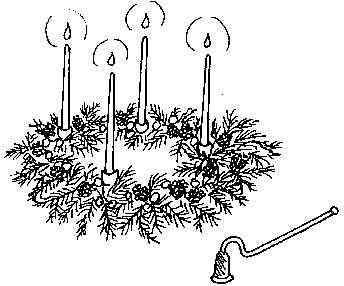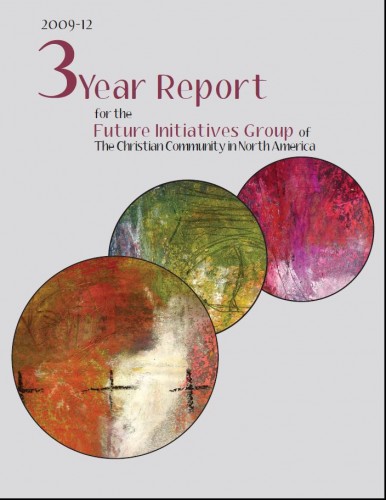Latest News
Kitchen Chat and more…
Kitchen Chat and more…
The tender quiet of Advent and childlike bliss of Christmas are gifts of grace which are granted our age ever more rarely. Life has become too noisy and hectic, fate too harsh and dramatic. Yet, the secret of Advent’s quiet can be compared with the sensibility of a woman about to become a mother. The hope embodied in this sensation does not relate to a neutral event that will ultimately occur. Indeed, the woman who carries a child does not merely look forward to an event that will take place in due time. Early on, she is constantly enveloped and surrounded by the soul of the being for whom she is allowed to offer a body.
In our age, the same change comes to pass which the pregnant mother has to undergo when the calm months of anticipation are replaced by the labor of childbirth. She suffers all the pains and fearful tribulations because she knows they serve her own hope. Today, destinies overcome us that are nothing less than the birth pangs passing through humanity. We must give birth to something new that serves the purpose of our salvation. A new Christmas event is imminent in our age for which we have to prepare. Read more
Advent is a blessed and magical time of year and children experience this deeply. Building a family ritual around Advent helps to slow down our busy lives, bring a special moment into the day, and prepare our hearts for the coming of the Christ Child at Christmas. 
Each night of Advent, families can gather around an Advent wreath to sing a song, light the candles on the wreath, and recite a verse in a simple, meaningful celebration. Reading an Advent story (such as those in The Christmas Story Book published by Floris books) is another element one can add to the evening tradition. Each week of Advent an additional candle is lighted on the wreath until at the 4th Sunday, all four candles stand glowing.
Verse for Lighting the Advent Wreath
The first light of Advent
Is the light of stones.
The light that shines in seashells,
Crystals and in bones.

[download id=”72″]

